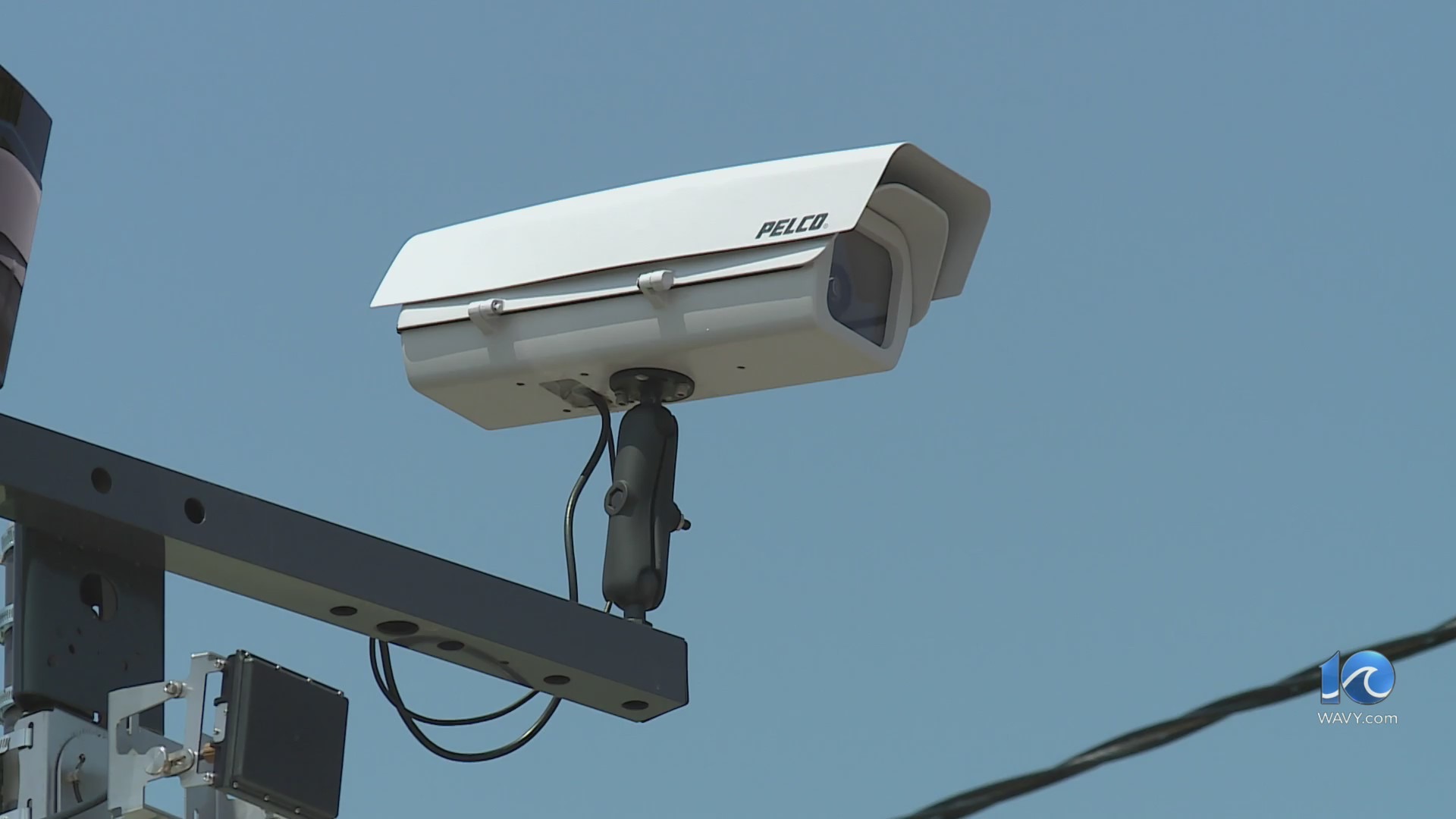Working from home can help slow the spread of the coronavirus, but it also brings new challenges.
As you’re getting your work-at-home systems set up, here are six tips from the Federal Trade Commission for protecting your devices and personal information.
- Start with cybersecurity basics: Keep your security software up to date and use passwords on all your devices as well as apps. Make sure the passwords are long (at least 12 characters), strong (capital and lowercase letters) and unique (add numbers and symbols).
- Secure your home network: Starting with your router, turn on encryption (WPA2 or WPA3). Encryption scrambles information sent over your network so outsiders can’t read it. WPA2 and WPA3 are the most up-to-date encryption standards to protect information sent over a wireless network. Try updating your router software if you don’t have WPA3 or WPA2 options on your router, then check again to see if WPA2 or WPA3 are available. If not, consider replacing your router.
- Keep an eye on your laptop: If you’re using a laptop, make sure it is password-protected, locked and secure. Never leave it unattended like in a vehicle.
- Securely store sensitive files: When there’s a legitimate business need to transfer confidential information from office to home, keep it out of sight and under lock and key. If you don’t have a file cabinet at home, use a locked room.
- Dispose of sensitive data securely: Shred sensitive data and don’t just throw it in the trash or recycling bin. Paperwork you no longer need can be a treasure to identity thieves if it includes personal information about customers or employees.
- Follow your employer’s security practices: Your home is now an extension of your office. So, follow the protocols that your employer has implemented.
The internet offers access to a world of products and services, but it also creates opportunities for scammers, hackers, and identity thieves so stay vigilant and safe.












































































































